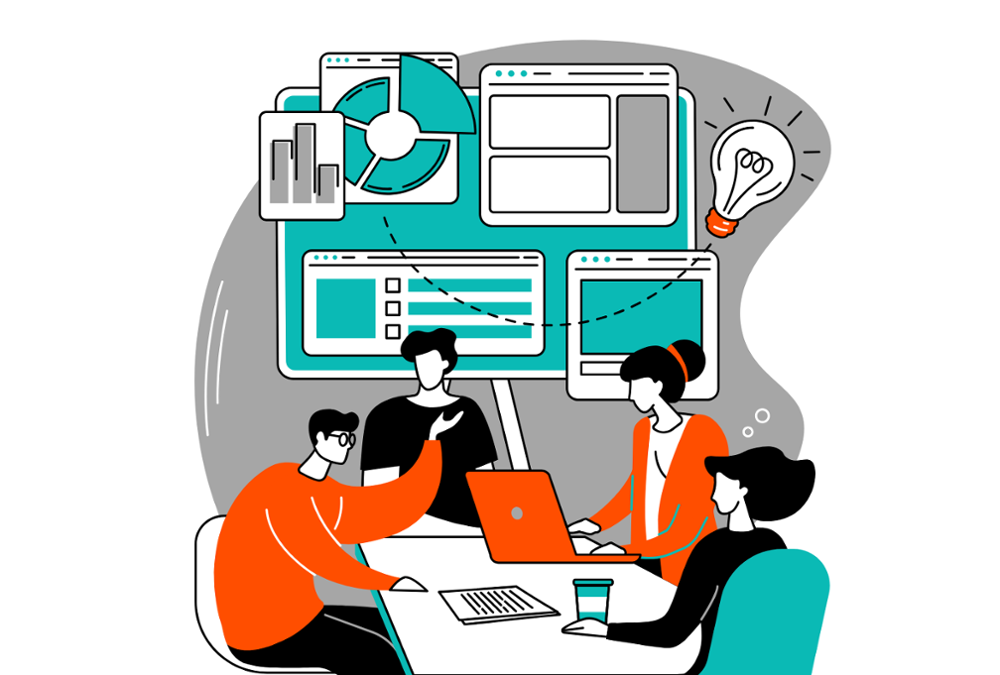So you’ve put together your requirements and gone through vendor demos for a new digital asset management platform. You and your team have carefully thought through all the things you should consider before implementing a DAM, and now you’re ready to deploy. Throughout the implementation process, there are several crucial factors to keep in mind to ensure a smooth and successful transition. Here are some things for your team to keep in mind during the implementation of your DAM system:
- Prioritize Practicality Over Perfection
In the quest for the perfect DAM solution, it’s essential to remember that perfection can often be the enemy of progress. Aim for an 80% solution initially, focusing on delivering tangible value to end-users as quickly as possible. By prioritizing practicality over perfection, you can expedite the implementation process and start reaping the benefits of your DAM sooner. Remember, you can always refine and improve the system over time.
- Dedicate Sufficient Time and Resources
Remember the tortoise and hare, fast is not the key to a successful DAM implementation. Make an investment of time and resources into your DAM launch, particularly in the initial stages. Dedicate ample time to working closely with your implementation team to stand up the initial build and ensure alignment with your organization’s needs and goals. While the time commitment will taper off after the initial phase, be prepared to invest additional resources during User Acceptance Testing to fine-tune the system based on feedback. Make sure you’re accounting for other team availability to contribute when building out your deployment timelines.
- Rethink Folder Hierarchy and Metadata
Your existing folder structures may not be the most efficient way to organize and access assets within your DAM system. Take the opportunity to rethink your folder hierarchy and explore alternative methods such as metadata filters and AI tagging to help organize your assets. Simplifying your folder structure can improve searchability and streamline asset management processes, leading to a more efficient and user-friendly experience for all stakeholders.
- Involve Key Stakeholders
Identifying and involving key stakeholders early in the implementation process is crucial for maintaining focus and direction. Select a small group of decision-makers who can provide insights into departmental priorities and workflows. Their feedback during User Acceptance Testing will be invaluable in ensuring that the DAM system aligns with the needs of the organization as a whole.
- Embrace User Acceptance Testing
User Acceptance Testing provides a valuable opportunity to validate the functionality and usability of your DAM system before full deployment. Work closely with your implementation team to schedule and conduct thorough testing, gathering feedback from end-users to identify any areas for improvement. This feedback can inform future iterations of the system and ensure a seamless user experience.
- Educate and Train Users
Take a multi-tiered approach to educating and training users on the functionality and benefits of the DAM system. Start with education sessions to explain the fundamentals of DAM and its role in achieving business goals. Follow up with hands-on training led by experienced facilitators, focusing on practical use cases and workflows relevant to each user’s role. Providing comprehensive education and training will empower users to make the most of the DAM system and maximize its impact on productivity and efficiency.
- Prepare for Internal Rollout
Develop a comprehensive internal rollout plan tailored to your organization’s specific needs and processes. Whether you opt for a soft launch, hard launch, or phased approach, effective communication, training, and support are essential for driving user adoption and success. Collaborate with your Customer Success team to develop internal communication plans, training materials, and FAQs to facilitate a smooth rollout and ensure ongoing user engagement.
In conclusion, implementing a DAM system requires careful planning, collaboration, and ongoing support. By prioritizing practicality, dedicating sufficient time and resources, involving key stakeholders, embracing user feedback, and providing comprehensive education and training, organizations can successfully navigate the implementation process and unlock the full potential of their digital asset management system.
Publisher: Source link











